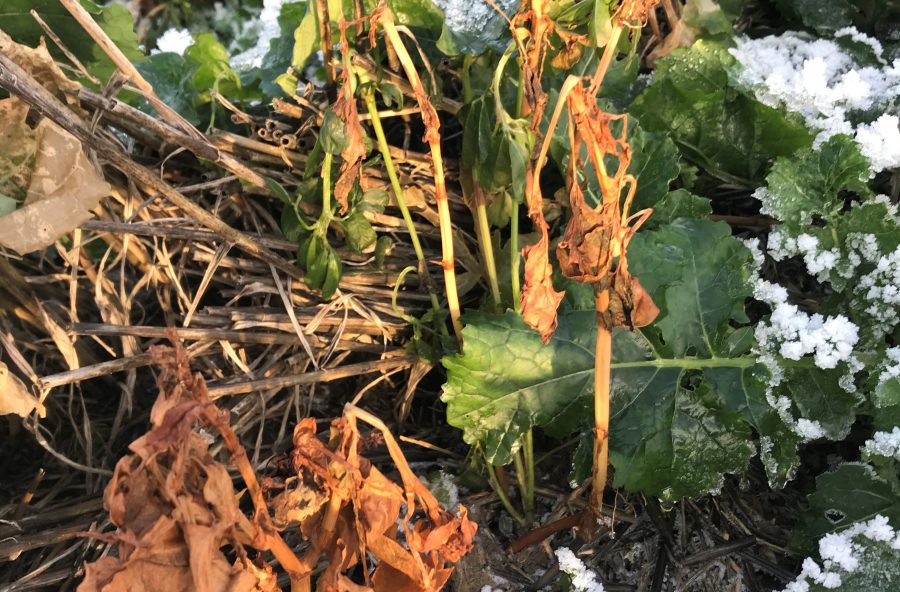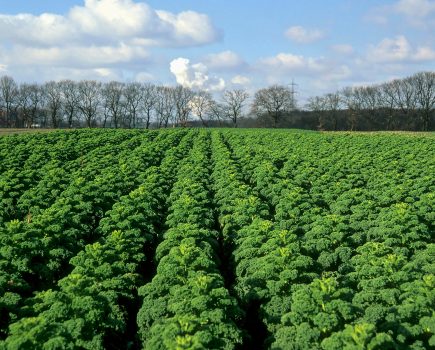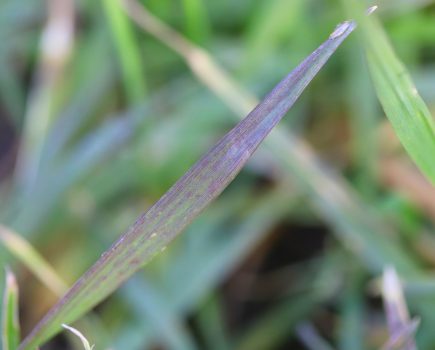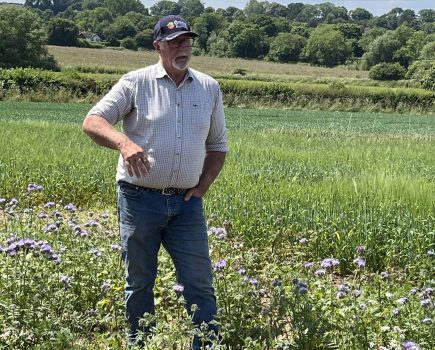The first few weeks of rape establishment are probably the most important stage of in the crop’s life. Lucy Smith-Reeve of Grainseed has been looking at the impact of growing a companion crop to protect rape at this vulnerable stage.
She says that to achieve a good yielding crop, there are key management decisions including variety choice for successful establishment.
“Growers intending to grow oilseed rape this autumn should start by taking a careful look at the varieties available, comparing their disease ratings, maturity ratings, vigour and standing power. Don’t forget that each variety has its own vigour performance, not all hybrids are as vigorous as the most vigorous conventionals. For example, our conventional rape, Mambo, and our new conventional variety Pinnacle both have excellent vigour in the autumn and in the spring, better than many hybrids. Vigour is a feature of the variety itself, not just the variety type. Rape must be established successfully into a moist warm seedbed, preferably during the first two weeks of August. If you decide to grow a companion crop or mixture, ideally it should be sown or broadcast 4 to 5 days before drilling the rape. Moisture in the seedbed is of paramount importance.
The aim of a companion crop for oilseed rape is to grow something that has rapid establishment and is sensitive to frosts (or chemical application) and either attracts beneficials or deters flea beetle or is something that may confuse the Cabbage Stem Flea Beetle. In other words, it acts as a sacrificial plant. Species and variety choice in the mix are key to ensure that the companion crop dies back to enable the OSR to reach its full potential.
Tabor single cut berseem clover, Lifago buckwheat and fenugreek are all frost sensitive and will die back when frosts hit. All three feature in Grainseed’s standard mix offerings and are good companion crops mixtures for rape.
Lucy has looked at the upsides and downsides of using a companion crop in rape. She identifies the potential benefits as:
- Providing a rapid canopy to help protect the emerging rape.
- Reducing Cabbage Stem Flea Beetle activity in the crop, by masking the attraction that rape has for these pests and acting as a sacrificial crop.
- Attracting beneficial insects
- Nitrogen fixing from both the berseem clover and fenugreek.
- Creating a more diverse soil microbial activity
- Natural soil conditioning from extensive rooting
- Post frost berseem, fenugreek, and buckwheat release nutrients back into the soil
- Reducing pigeon grazing by covering up bare soil and landing space
- Improving soil health, soil drainage and soil structure
When it comes to the downsides of using companion cropping, they are:
- Potential extra field work
- Extra cost of the companion crop seed
- Extra chemical application if sowing a non-frost sensitive species/variety.
Lucy would be happy to talk to growers about companion cropping and can supply an appropriate mixture to use.







